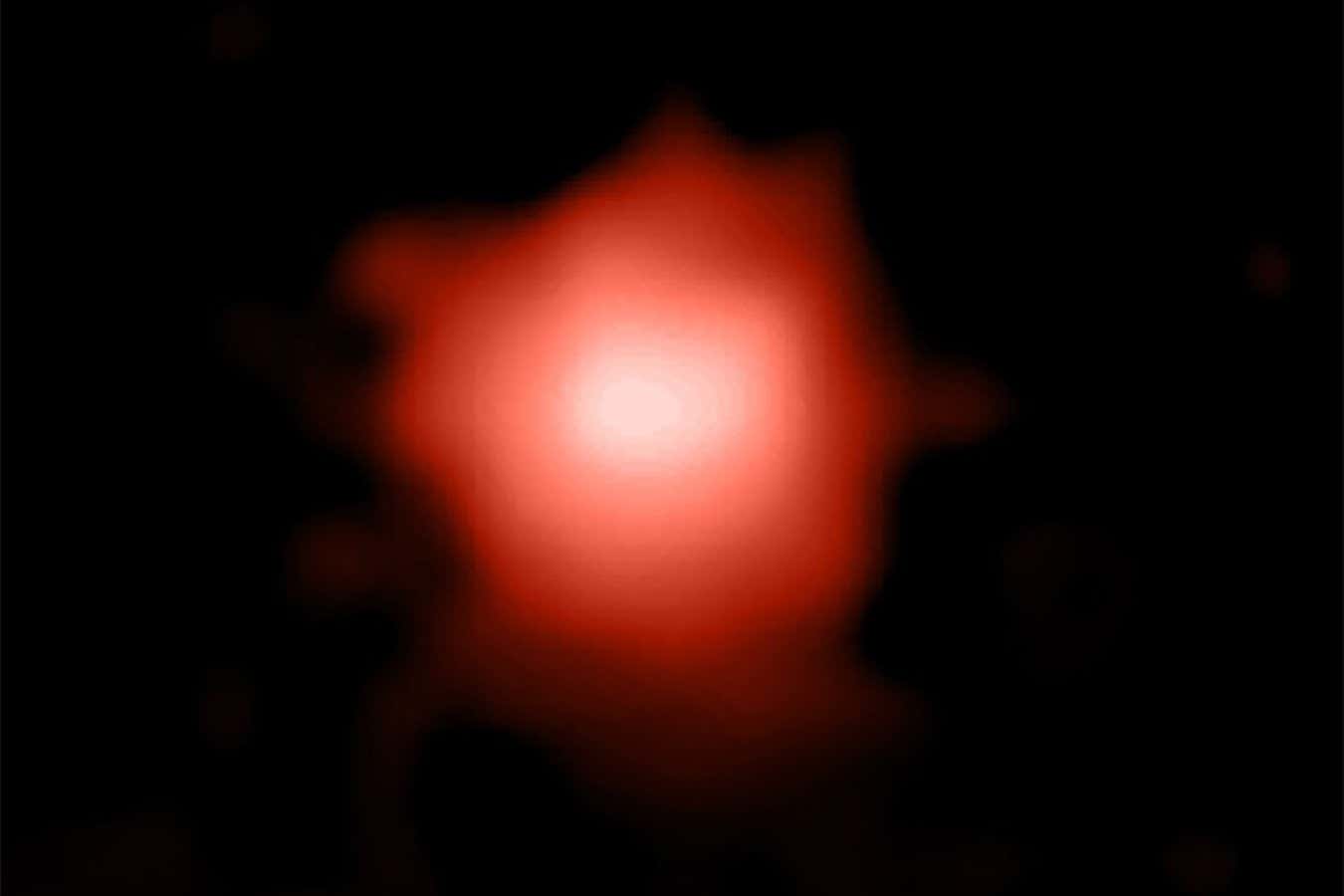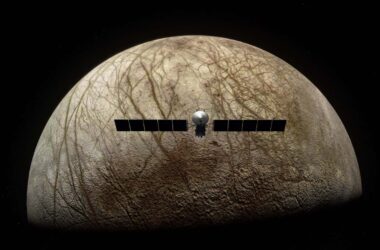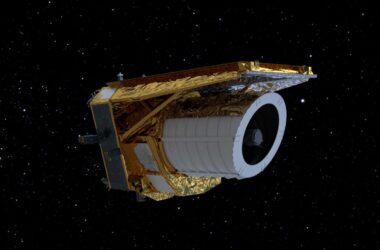The James Webb Space Telescope may have detected remnants of the earliest supernovae in the universe, shedding light on the initial stages of chemical enrichment and the formation of elements.
After the big bang, the first stars, called population III stars, were predominantly composed of hydrogen and helium. These stars ended their life in supernova explosions, creating heavier elements that subsequently contributed to the formation of new stars.
Researchers, led by astronomer Roberto Maiolino from the University of Cambridge, utilized the James Webb Space Telescope to study the galaxy GLASS-z12, one of the earliest galaxies ever observed. By analyzing its light, the team identified the presence of carbon along with weaker traces of oxygen and neon, marking the most distant detection of heavy elements in the universe.
The team’s focus on the carbon-to-oxygen ratio within GLASS-z12 revealed a higher ratio than expected for such an ancient galaxy, suggesting the potential influence of exploding population III stars. These low-energy stars, rich in hydrogen and helium, could explain the elevated carbon levels observed.
Emma Chapman, from Imperial College London, emphasized the rapid pollution of the universe by such stellar processes, noting that even a single population III supernova could trigger the formation of less-pristine stars.
Further exploration of GLASS-z12 and similar ancient galaxies could provide valuable insights into the nature of population III stars and their role in element production, according to Maiolino.
However, Richard Ellis from University College London cautioned that uncertainties in carbon and oxygen ratio measurements as well as models of population III stellar explosions leave room for alternative explanations, indicating the need for continued research.
Insights
Studying ancient galaxies like GLASS-z12 offers a glimpse into the early stages of cosmic evolution, providing valuable information about the processes that led to the formation of the elements essential for the development of galaxies, stars, and even life itself.








